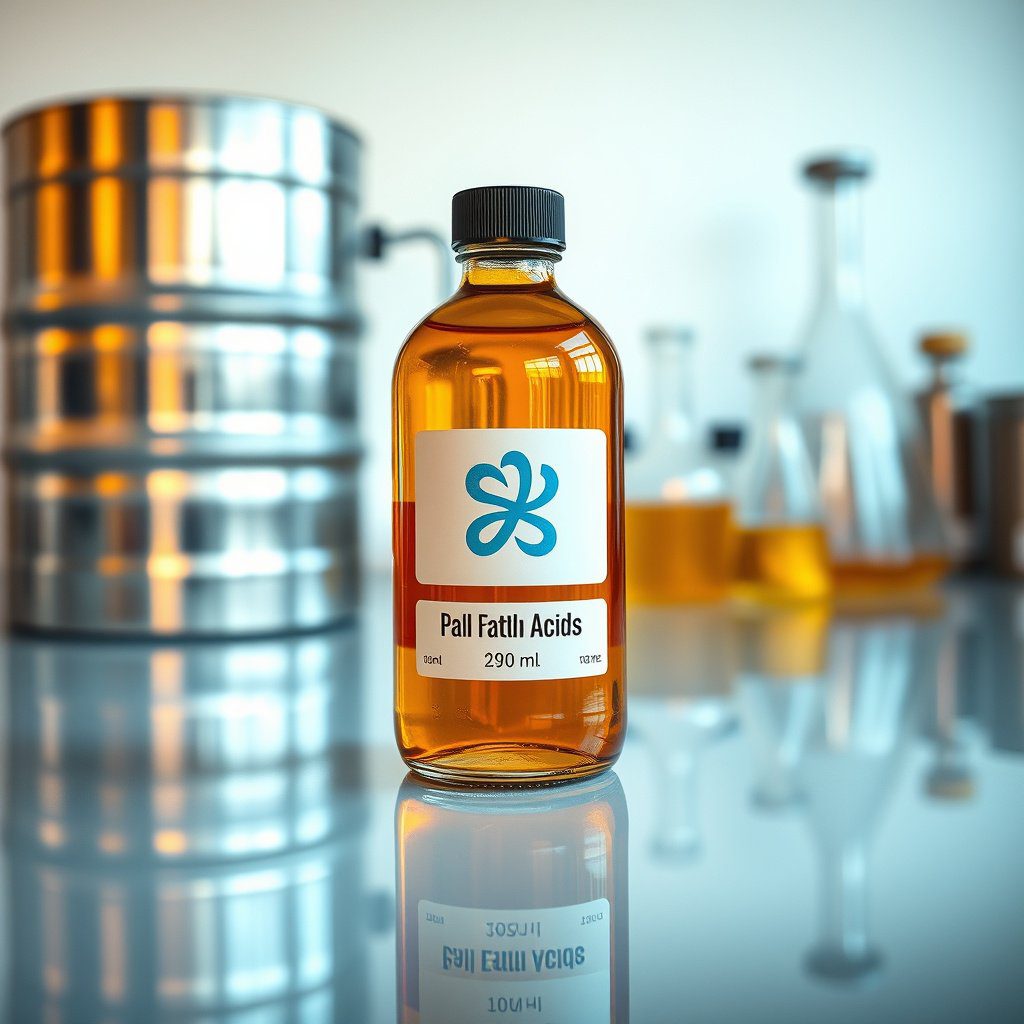Understanding Diethanolamine
Diethanolamine (DEA) is a colorless, viscous liquid that is widely used in various industrial applications. It is classified as a secondary amine and is primarily utilized in the production of surfactants, emulsifiers, and corrosion inhibitors. The unique properties of diethanolamine make it an essential ingredient in the formulation of personal care products, detergents, and chemical intermediates. When considering the purchase of diethanolamine, it is crucial to understand its applications and benefits in the chemical industry.
Applications of Diethanolamine
Diethanolamine serves a multitude of purposes across different sectors. In the agricultural industry, it is often used as a pesticide and herbicide adjuvant, enhancing the efficacy of active ingredients. In the cosmetics sector, DEA is utilized in lotions and shampoos for its emulsifying properties. Moreover, diethanolamine is employed in the manufacturing of anti-corrosion agents and in the synthesis of other chemical compounds, making it a versatile chemical in industrial processes.
Buying Diethanolamine: Key Considerations
When looking to buy diethanolamine, several factors should be taken into account. The purity of the product is paramount, as it can significantly affect its performance in various applications. Buyers should request detailed specifications from suppliers, including the concentration levels of 85% and 99%. Additionally, understanding the supplier’s reputation and the quality assurance processes they have in place can help in making an informed purchasing decision.
Suppliers of Diethanolamine
Finding reliable suppliers for diethanolamine is essential for businesses in need of this chemical. Many suppliers offer high-purity diethanolamine in both 85% and 99% concentrations. It is beneficial to source from suppliers with a proven track record in the chemical industry, particularly those that specialize in amines. Researching supplier reviews and case studies can provide insights into their reliability and the quality of their products.
Exporting Diethanolamine
The export market for diethanolamine is growing, particularly between Brazil and the United States. Companies looking to export diethanolamine must comply with international regulations and standards. This includes proper labeling, safety data sheets, and adherence to shipping regulations. Understanding the logistics involved in exporting diethanolamine can streamline the process and ensure compliance with legal requirements.
Distributing Diethanolamine
Effective distribution of diethanolamine is crucial for meeting the demands of various industries. Distributors play a key role in ensuring that high-quality diethanolamine reaches manufacturers and end-users efficiently. Establishing strong relationships with distributors can facilitate better pricing and ensure a steady supply of diethanolamine, enabling businesses to maintain production schedules without interruption.
Safety and Handling of Diethanolamine
Safety is a critical concern when handling diethanolamine. Proper safety measures should be implemented during storage and usage to mitigate any health risks associated with exposure. Users should refer to the Material Safety Data Sheet (MSDS) for diethanolamine, which provides essential information on handling, exposure limits, and first aid measures. Training employees on safe handling practices can further enhance workplace safety.
Environmental Considerations
As industries become more environmentally conscious, the impact of chemical products, including diethanolamine, on the environment is under scrutiny. It is important for companies to consider the environmental implications of using diethanolamine in their processes. Employing sustainable practices and exploring alternatives can help minimize any negative environmental impact while still benefiting from the properties of diethanolamine.
Market Trends in Diethanolamine
The market for diethanolamine is influenced by various trends, including innovations in chemical formulations and shifts in consumer preferences. Staying informed about these trends can help businesses adapt their strategies and maintain a competitive edge. Monitoring industry reports and engaging with market research can provide valuable insights into the future of diethanolamine and its applications.


